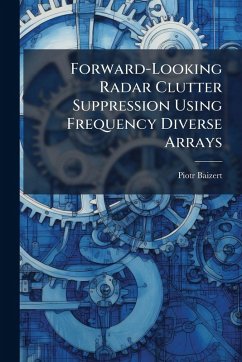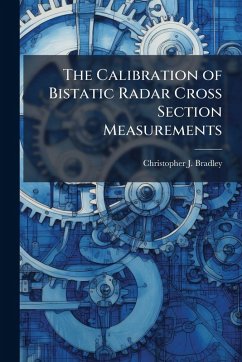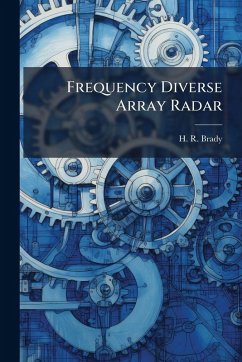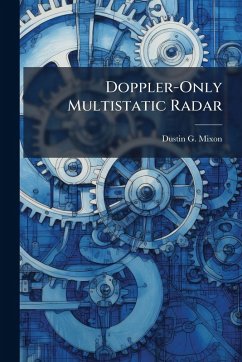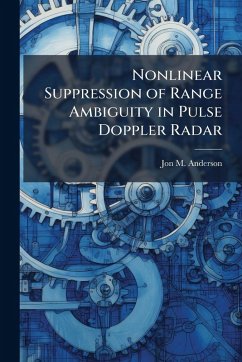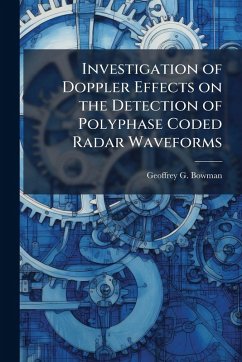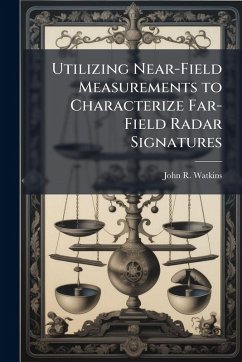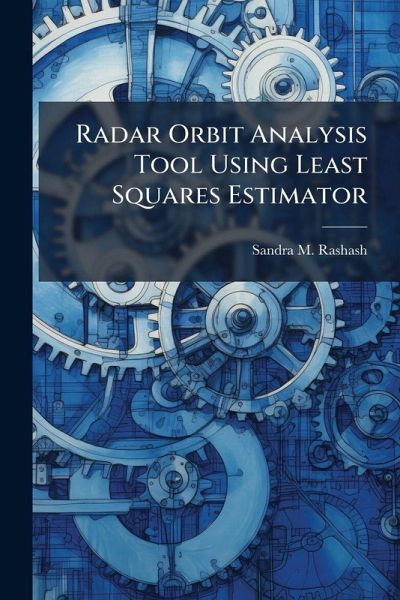
Radar Orbit Analysis Tool Using Least Squares Estimator
Versandkostenfrei!
Versandfertig in über 4 Wochen
15,99 €
inkl. MwSt.
Weitere Ausgaben:

PAYBACK Punkte
8 °P sammeln!
Most objects tracked in space follow a regular Keplerian orbit; unfortunately, non-Keplerian objects such as maneuvering satellites, tethered systems, and thrusting ballistic missiles are becoming more common. It is important to be able to distinguish between Keplerian and non-Keplerian objects due to the potential risk of a tethered satellite being mistaken for an object on re-entry. This research focused on creating a computer model that can detect the non-gravitational acceleration present in non- Keplerian orbits. A 3rd order Taylor series expansion was used to model the dynamics and to pr...
Most objects tracked in space follow a regular Keplerian orbit; unfortunately, non-Keplerian objects such as maneuvering satellites, tethered systems, and thrusting ballistic missiles are becoming more common. It is important to be able to distinguish between Keplerian and non-Keplerian objects due to the potential risk of a tethered satellite being mistaken for an object on re-entry. This research focused on creating a computer model that can detect the non-gravitational acceleration present in non- Keplerian orbits. A 3rd order Taylor series expansion was used to model the dynamics and to produce simulated radar data. Linear least squares estimation was used to estimate the initial state of a space object with a state vector composed of position, velocity, acceleration, and its first derivative. Monte Carlo analysis was used to verify that the estimator was unbiased and representative of the uncertainty in the data. The Monte Carlo method detected non-gravitational acceleration as small as 1.12 cm/s2; however, a subsequent approach that analyzed the data sets individually only detected acceleration as small as 10.63 cm/s2. At smaller magnitudes, the estimator was able to detect the presence of non-gravitational acceleration, but was ultimately unable to estimate the true value with statistical accuracy. This work has been selected by scholars as being culturally important, and is part of the knowledge base of civilization as we know it. This work was reproduced from the original artifact, and remains as true to the original work as possible. Therefore, you will see the original copyright references, library stamps (as most of these works have been housed in our most important libraries around the world), and other notations in the work. This work is in the public domain in the United States of America, and possibly other nations. Within the United States, you may freely copy and distribute this work, as no entity (individual or corporate) has a copyright on the body of the work. As a reproduction of a historical artifact, this work may contain missing or blurred pages, poor pictures, errant marks, etc. Scholars believe, and we concur, that this work is important enough to be preserved, reproduced, and made generally available to the public. We appreciate your support of the preservation process, and thank you for being an important part of keeping this knowledge alive and relevant.




